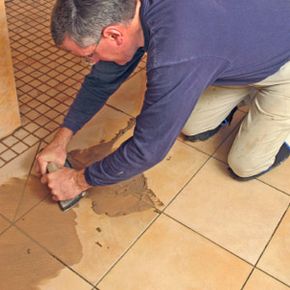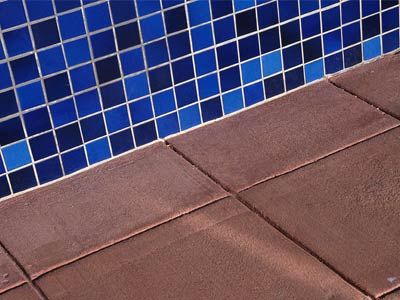So, you consider yourself a pretty good do-it-yourselfer. You've had some success with home improvement projects and now you're ready for a real test: installing tile. Maybe you're planning to tile the bathroom floor or install a backsplash in the kitchen. Don't worry -- you've come to the right place.
Any grouting project becomes easier if you have all the essential materials and have sufficiently prepped the area before diving in. Here's a checklist of the supplies you'll want to have on hand --but keep in mind that additional items may be needed, depending on your project:
Advertisement
- Grout
- Bucket
- Latex or water for mixing
- Grout sponge
- Rubber grout float
- Grout tool, such as an old toothbrush [source: essortment.com]
You need to take care of yourself along with the floor or wall, so have rubber gloves, safety goggles and kneepads handy. Always follow the manufacturer's guidelines for mixing and using grout.
Before you purchase anything, think about any special needs that your family has. Do you want to go "green" or use products that won't upset the allergies of someone living in the home, including your pets? You might want to consider what floor tiles are best if someone in your home uses a wheelchair or is unsteady when walking, or what effect climate has on the choices you make. Take some time to explore and customize your options, either at a hardware store or on the Internet.
Tiling a kitchen backsplash is a smart move and a good investment in your home. Tile is economical and wears better than paint. It's also easier to clean. In this article we'll learn about what approach you should take in the kitchen and check out some helpful strategies for laying tile. Let's assume that you've done a stellar job of placing those backsplash tiles and have let the adhesive set at least overnight. You've chosen your sanded or nonsanded grout. Now what? Go to the next section to find out more!
Advertisement



